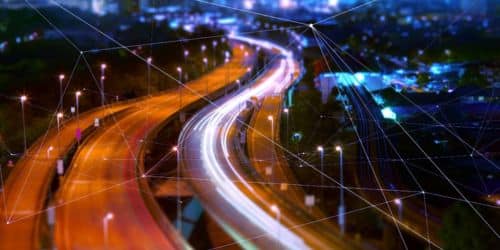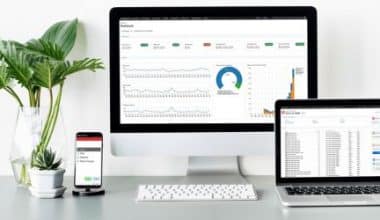Intelligent transportation systems are paving the way for the future.
But what are intelligent transportation systems (ITS) and how do they work?
ITS can gather data from your transportation network and generate actionable insights. This could be the total revenue you’ve made in a day, the locations of vehicles, or the schedule of routes and arrival times, allowing you to provide the best service most efficiently.
Once the data has been collated, these systems can help agencies and operators analyze patterns or predict problems, such as late-running services or equipment failure.
This means you can run things more effectively and efficiently, and take an expert approach to fleet management, resource planning and scheduling.
With this in mind, we’ll take you through the main components involved in ITS and how they can benefit your transportation network.
Real-time vehicle monitoring
One of the many ITS you can incorporate into your transit agency is real-time vehicle monitoring. These systems relay positional information from onboard tracking devices, which allows you to monitor and track the exact positions of the vehicles in your fleet.
The insights enable transit agencies to monitor each vehicle’s journey to help achieve optimal efficiency.
Real-time passenger information
Another effective system is real-time passenger information. This uses a variety of data to predict the arrival times of each vehicle, and then relay this information to riders. The real-time information is ever-changing as the system detects new data.
The information can be shown on various solar-powered displays on vehicles, on platforms, or on the street, for example. They also can be used to display content to meet the specific needs of the transit agency.
These displays keep riders fully informed of when the next vehicle will be arriving at their stop, so they can accurately plan their journey.
Some real-time passenger information displays also support geo-advertising, which are capable of displaying rich media. Likewise, certain on-vehicle systems can display information such as local attractions prior to stops — all of which improve riders’ experience on your fleet of vehicles.
Operations control
ITS are also great to help transit agencies manage their fleet of vehicles from the control point, and this is where the operations control system comes in.
Transit operators can receive expert insights to help them manage and adjust operations in real-time. This could be suggestions on how to adapt schedules to meet rider demand or monitoring issues with devices such as ticket machines and validators.
This helps operators maintain full visibility of how their transportation network is running, and have in-moment control over every area of their services. As well as maintaining a satisfying rider experience, this can also help preempt and prevent any compromise to revenue collection.
Now you know the various components involved in ITS and how they might benefit your transit agency, will you be implementing them into your own operations anytime soon?
If you do, make sure you obtain ITS from expert providers with vast experience in the transportation industry.






